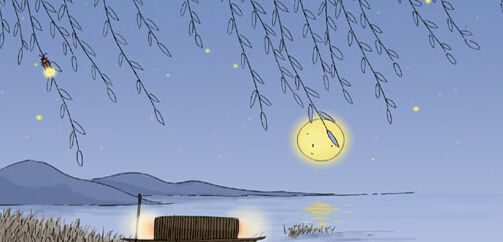澳洲南美洲有袋类动物家族树归类研究取得进展
|
Debates have raged for decades about how to arrange the Australian and South American branches of the marsupial(有袋类动物) family tree. While marsupials like the Australian tammar wallaby(塔马尔沙袋鼠) and the South American opossum(负鼠) seem to be quite different, research by Maria Nilsson and colleagues at the University of Münster, soon to be published in the online open access journal PLoS Biology, shows otherwise. Using sequences of a kind of "jumping gene," the team has reconstructed the marsupial family to reveal that all living Australian marsupials have one ancient origin in South America. This required a simple migration scenario whereby theoretically only one group of ancestral South American marsupials migrated across Antarctica to Australia. Previous studies theorize that marsupials originated in Australia and that some lineages(血统,家系) might have been split when the landmasses separated 80 million years ago. There are few ancient marsupial fossils found in South America or Australia, and previous genetic studies based on nuclear and mitochondrial(线粒体的) genes have revealed contradictory results about which lineages are most closely related and which split off first. Today's Australian marsupials appear to have branched off from a South American ancestor to form all currently known marsupials—kangaroos, the rodent-like bandicoots(袋狸) , and the Tasmanian devil. It is still a mystery how the two distinct Australian and South American branches of marsupials separated so cleanly, but perhaps future studies can shed light on how this occurred. |








